|
| |
| HOME
Background music "Jack vs Jose" courtesy of Roger Clyne and the Peacemakers. For more details, click on the above link to SOURCES and NOTES. BACKGROUND MUSIC CONTROLS |
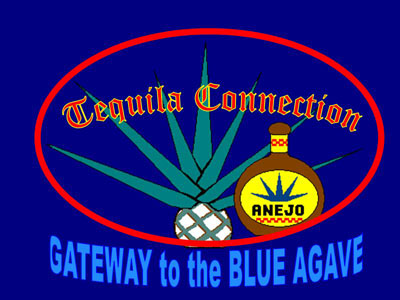
|
|
TYPES OF TEQUILA 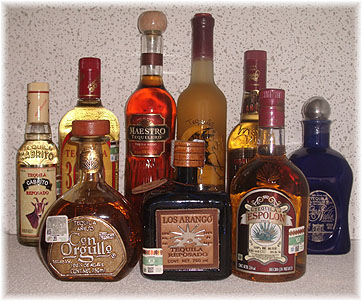
There are many brands of tequila; The Consejo Regulador del Tequila (Tequila Regulatory Council) reported 1377 registered domestically bottled brands from 150 producers as of November 2013
[21a]
and 285 additional brands from 34 producers bottled internationally.
[21b]
There are two basic categories of tequila: Mixtos and 100% Agave. Mixtos
use up to 49% of other sugars in the fermentation process, with
Agave taking up the remainder. Mixtos use both glucose and
fructose
sugars. | |
|
Tequila is usually bottled in one of five categories: [6] 1. White or Silver ("Blanco" or "Plata") 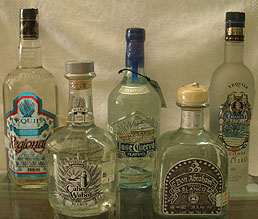
This
tequila is not normally aged. It is usually bottled straight from
the distillation process, but sometimes will be stored in stainless
steel tanks. Occasionally it will be left to settle in oak barrels
for less than 2 months to increase smoothness. | |
|
2. Gold ("Oro"), "Joven" (Young), or "Joven Abocado" (young and smoothed) Gold tequila is a "Blanco" or "Silver" with added ingredients such as caramel coloring, sugar-based syrups, glycerin and/or oak-tree extracts. These additives are meant to give an "aged" appearance and help reduce the harshness. This tequila is often the type chosen for mixed drinks. They are known as a "mixto" because they are normally not made from 100% agave. Cuervo Especial and Sauza Gold are popular brands found on the shelf in stores and bars throughout the United States. "Joven" tequila is a blanco that has been blended with aged tequilas like a reposado or an añejo. 3. "Reposado" (Rested) 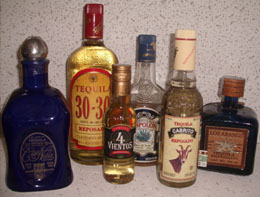
This is a "blanco" that has been aged in wooden casks or barrels. The Mexican government mandates that reposado be rested in wood for at least two months and up to one year. This is where the tequila begins to take on complex characteristics, becoming a pale color with increased darkness for every month it is aged. This length of aging tends to mellow the alcohol bite while retaining much of the desired agave taste. Reposado accounts for the majority of tequila sales in Mexico. The demand and price for reposado has risen sharply in recent history. 4. "Añejo" (Vintage or Extra Aged) 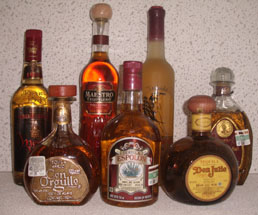
In order to be categorized as "añejo", the tequila must be aged in sealed oak barrels for a minimum of one year. In addition, the Mexican government requires the barrels to have a maximum capacity of 600 litres. This aging process develops the tequila, resulting in more sophisticated taste, darker color, pronounced wood flavors and a silkier body. The richer body comes from glycerin in the wood that transfers to the tequila during the aging process. As the agave flavor tends to fade with aging, some experts believe tequila is at its peak when aged less than 5 years. Distillers commonly use American whisky barrels, but French oak casks, cognac and wine barrels are also used to age their precious añejos. However, due to evaporation that can occur in wooden barrels, the añejo may be moved to stainless steel tanks after the required and desired aging is complete. Aged tequilas are best enjoyed with a brandy snifter, wine glass, or similar having a bowl that tappers to the mouth of the glass, such as the official tequila glass made by Riedel Crystal. Read more about this in our Tequila Tasting Page. 5. "Extra Añejo" (Ultra Aged) 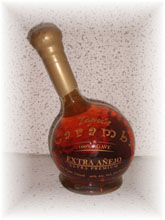
This new classification was formally announced in 2006. To identify the tequila as "extra añejo" it must be aged for a minimum of 3 years. The oak casks or barrels must have a 600 liter maximum capacity, but usually will be smaller than 200 liters. These tequilas will generally be very rich in body and flavor with hints of wood, smoke, chocolate and caramel. The price will likely be rich as well. 6. "Reserva de Casa" and "Reserva de la Familia" 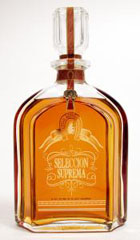
Most every producer can manufacture premium tequila if desired, and some do although not necessarily in large quantities. Limited production premium tequilas can be single-barrel products and normally will be of the añejo variety. However, they can also be a reposado, and sometimes are labeled as a Gran Reposado. If you get the opportunity to sample a producer's limited edition, consider it a treat as these tequilas generally will be in relatively short supply and can be rather expensive. A couple examples are Cuervo's Reserva de la Familia and Herradura's Selección Suprema, the latter which can set you back over $300 US in Mexico. 7. "Flavored Tequila" and "Tequila Liqueur" Another trend on the rise is the production of tequila-flavored beverages. These liqueurs and flavored drinks vary considerable when it comes to the level and quality of tequila they contain. Read the label to determine if the product contains 100% agave or mixto tequila, or possibly no tequila at all (which may not be indicated on the label). 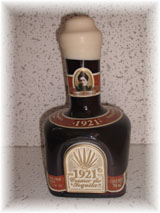
1921 Tequila Cream was introduced in the US during 2005. It is a
cream based liqueur, similar to an Irish cream, but with a significant
difference of being made with tequila instead of whiskey. " 1921
Tequila Cream is loaded with bold coffee latte, caramel & wild flower
honey aromas which follow through to cocoa, latte and agave flavors.
It has a roasted nutty tequila fade", reports the Beverage Tasting
Institute. 1921 Tequila Cream can be used in place of cocktails
that call for Irish cream to give it a Mexican flair. It is considered
a cream based liqueur. 
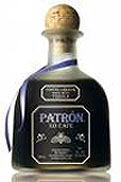
Patron XO Café is a coffee liqueur that yields a delightful transition of tequila, coffee, and chocolate flavors. It contains 35% alcohol and has a dry (not sweet) taste which is different than most low-proof coffee liqueurs. The higher alcohol level helps bring out the premium coffee and tequila flavors. If still available, It can be enjoyed by sipping, as an ingredient in a cocktail, or as a topping for a dessert. 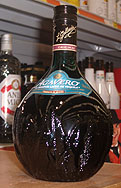
Agavero is a liqueur created from a blend of 100% blue agave añejo and reposado tequilas hand blended with the essence of Damiana, a flower indigenous to the mountains of Jalisco. Some believe this flower is an aphrodisiac. Agavero is produced by the Cuervo Distillery and has an alcohol content of 32%. It can be sipped, mixed in a cocktail, or used to complement a dessert. | |